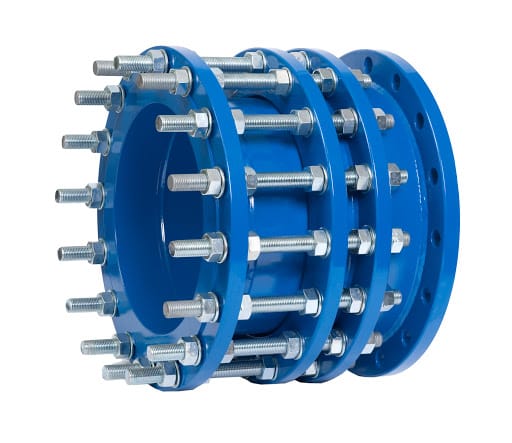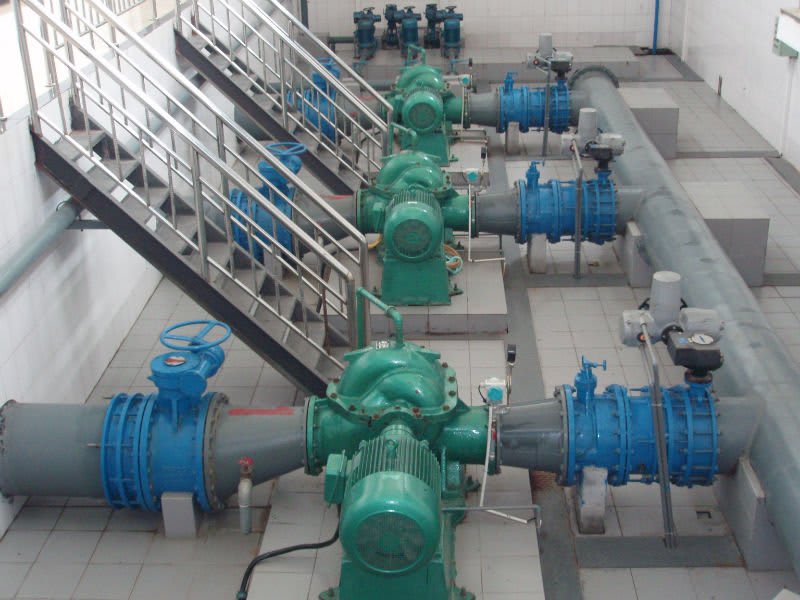Bahman07
Mechanical
- Feb 24, 2021
- 8
Hi
I am new here, and this is my first activity.
I am working on a water pump station. there is a debate on using dismantling joint on pump suction pipe for maintenance. Since we are using expansion joint on this line, is there a way to not considering dismantling joint? I have to say that suction pipe is from a concrete tank to pump nozzle.
Basically, are there any standards or practices for mandatory using of dismantling joint?
Thanks in advance
I am new here, and this is my first activity.
I am working on a water pump station. there is a debate on using dismantling joint on pump suction pipe for maintenance. Since we are using expansion joint on this line, is there a way to not considering dismantling joint? I have to say that suction pipe is from a concrete tank to pump nozzle.
Basically, are there any standards or practices for mandatory using of dismantling joint?
Thanks in advance




